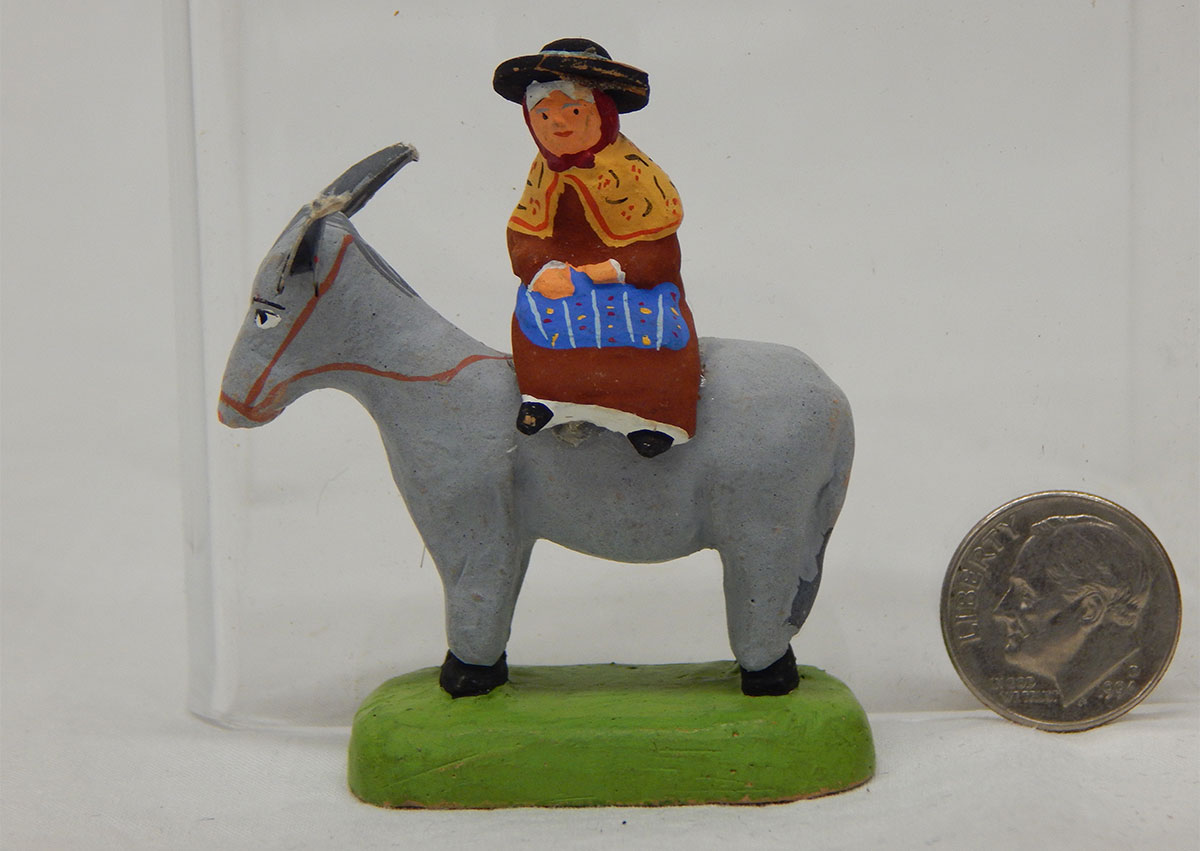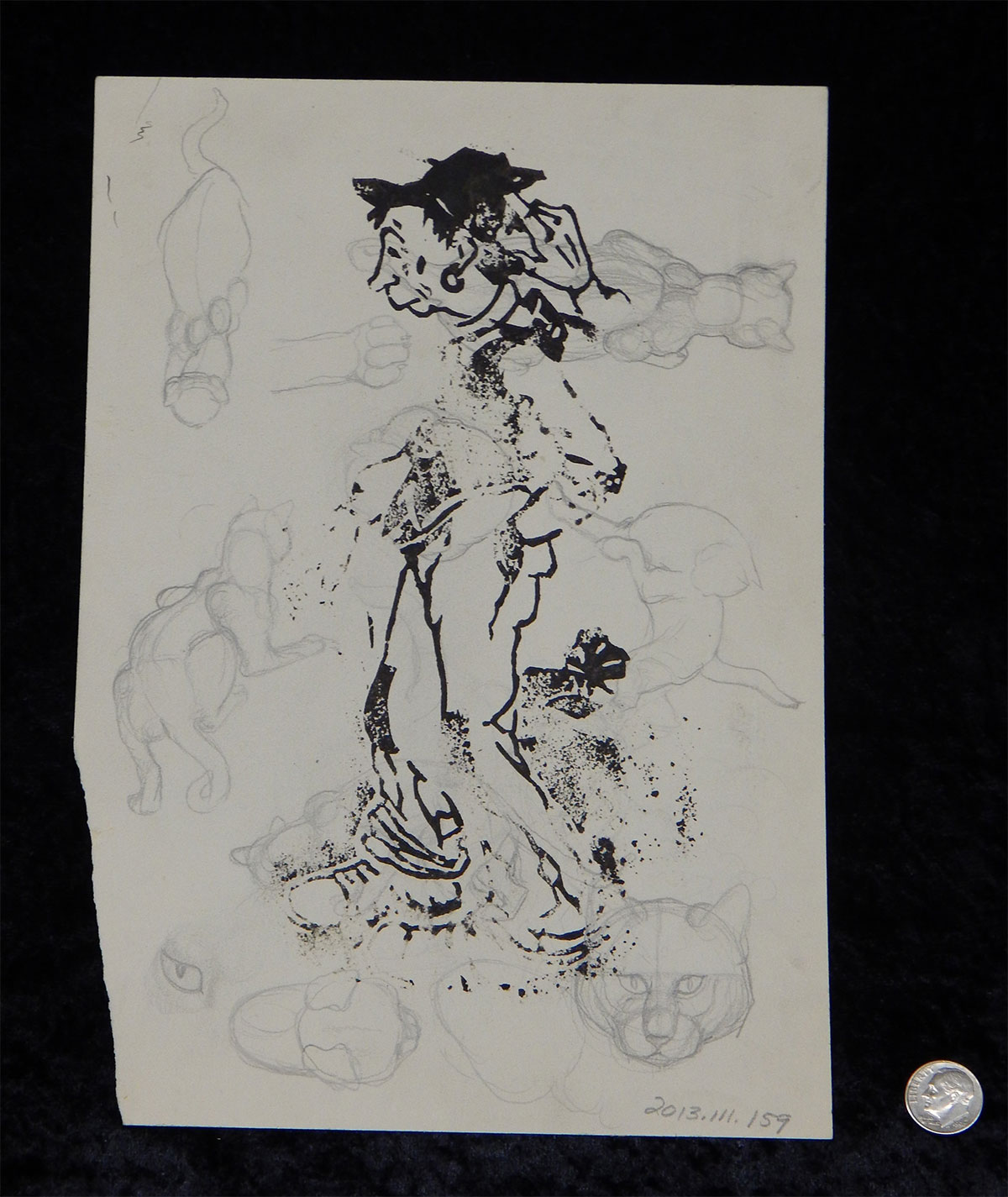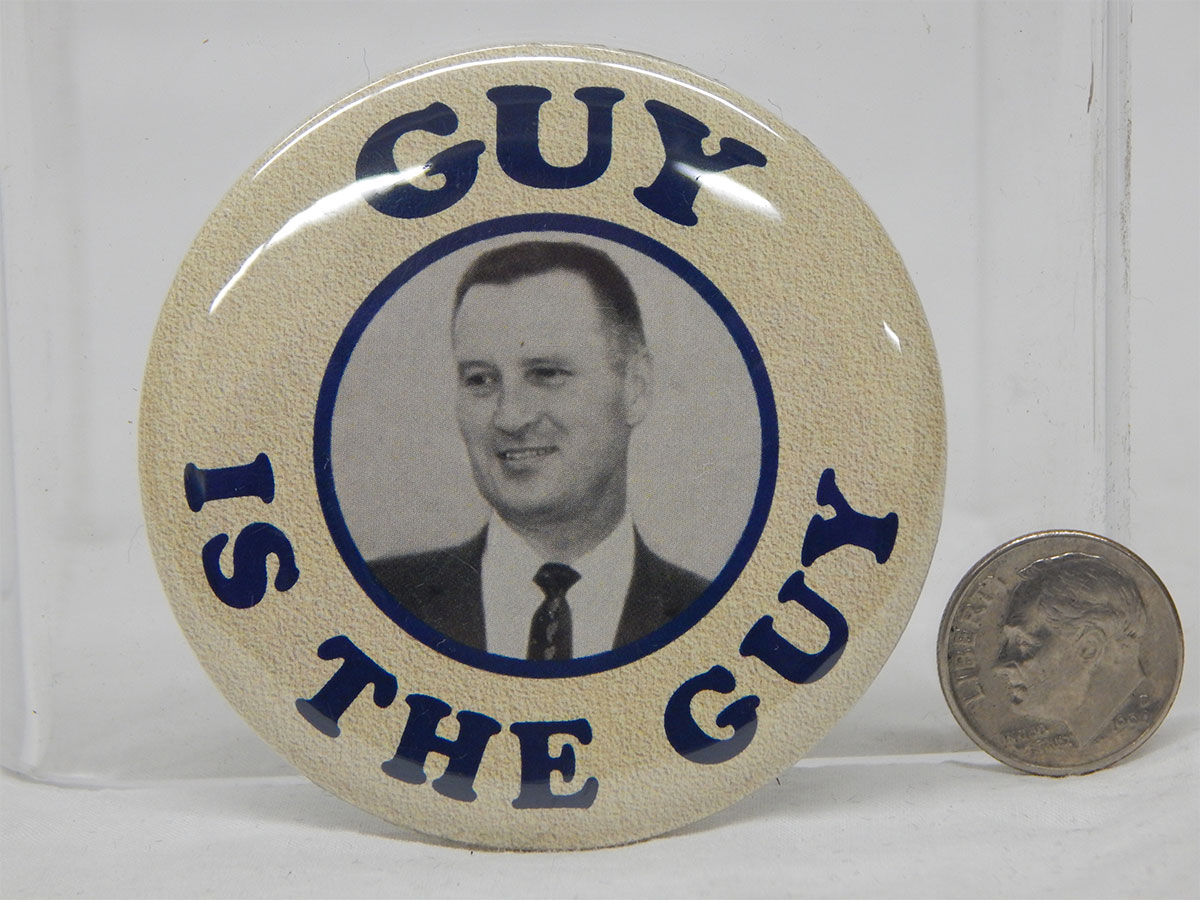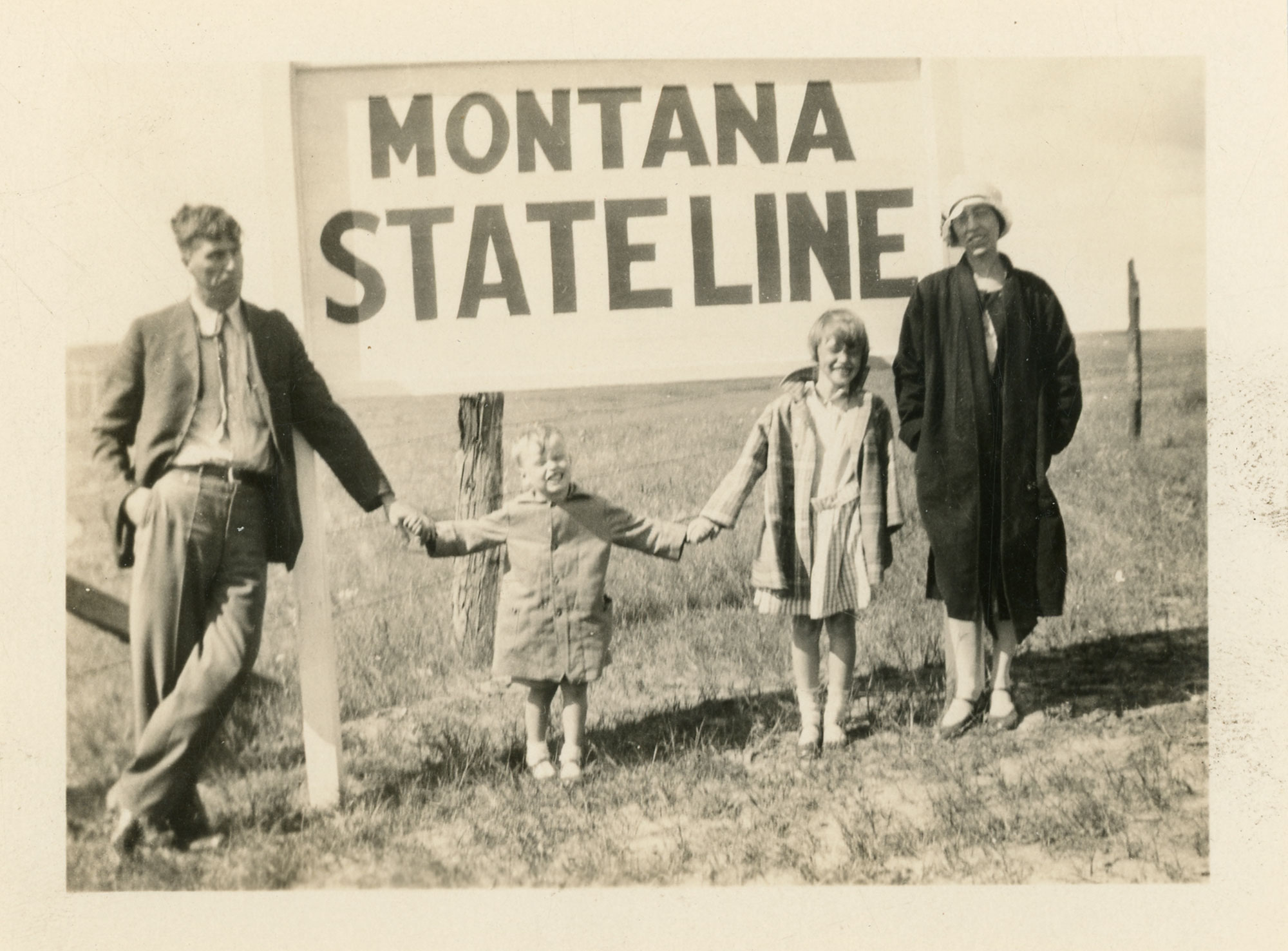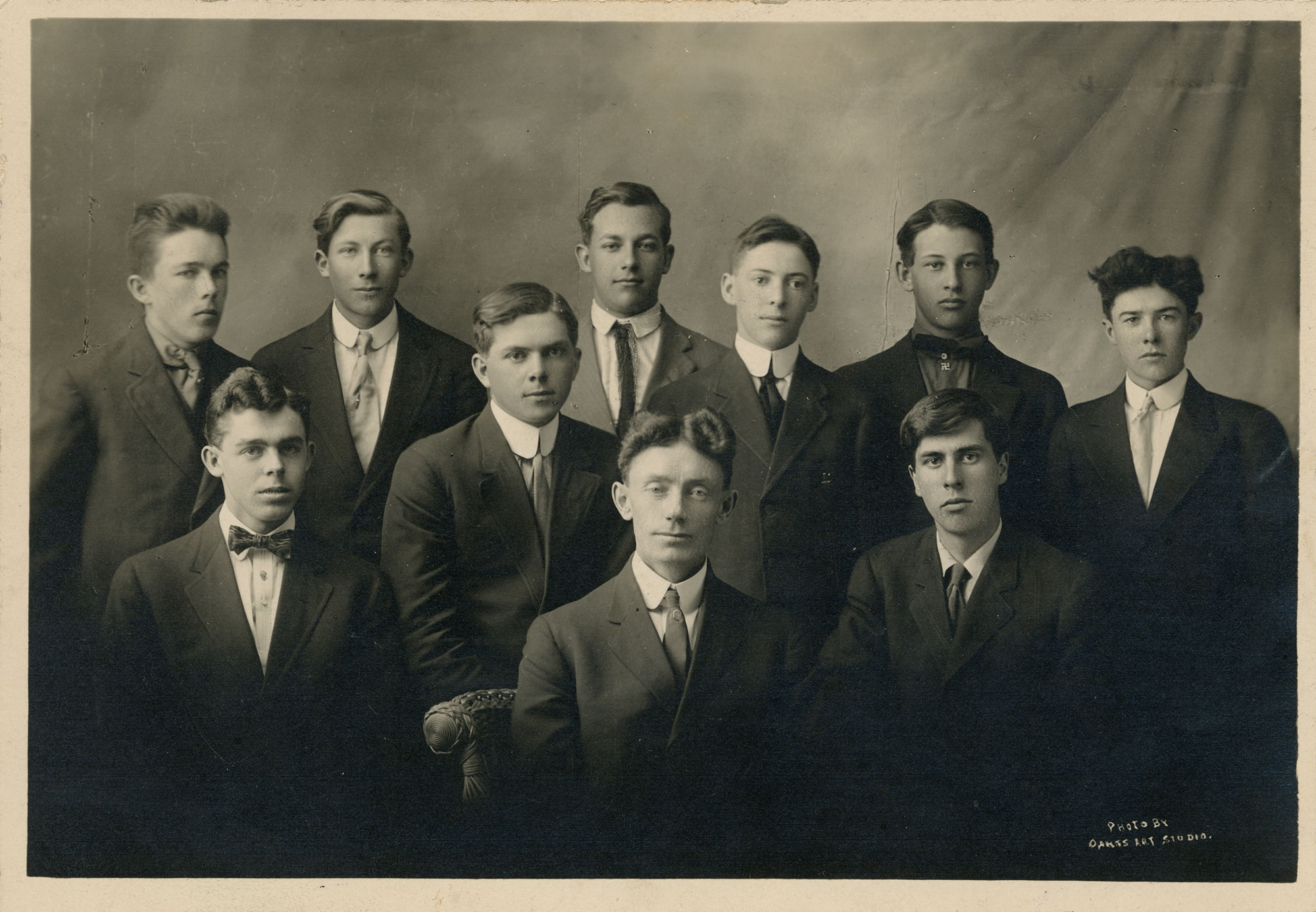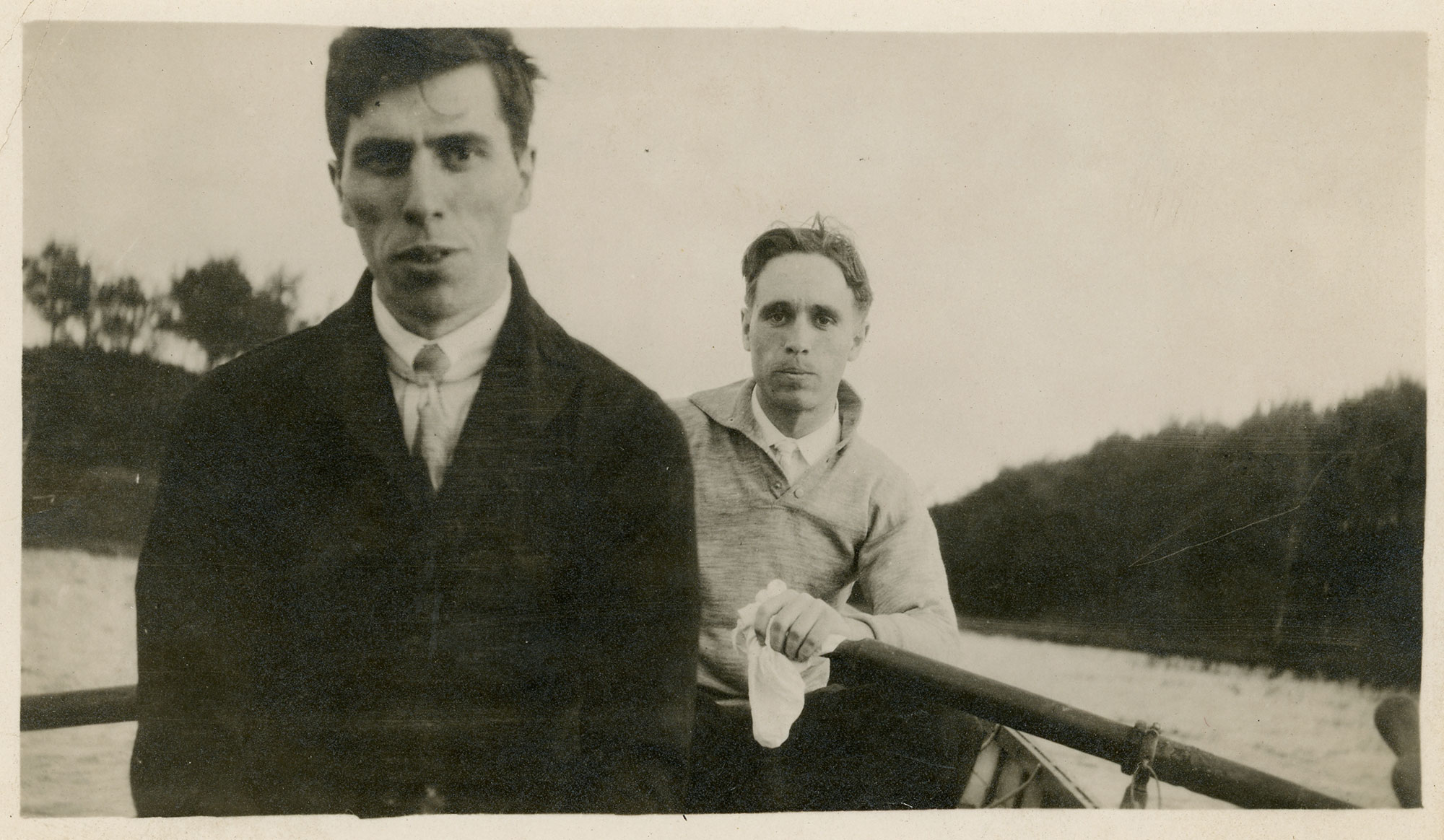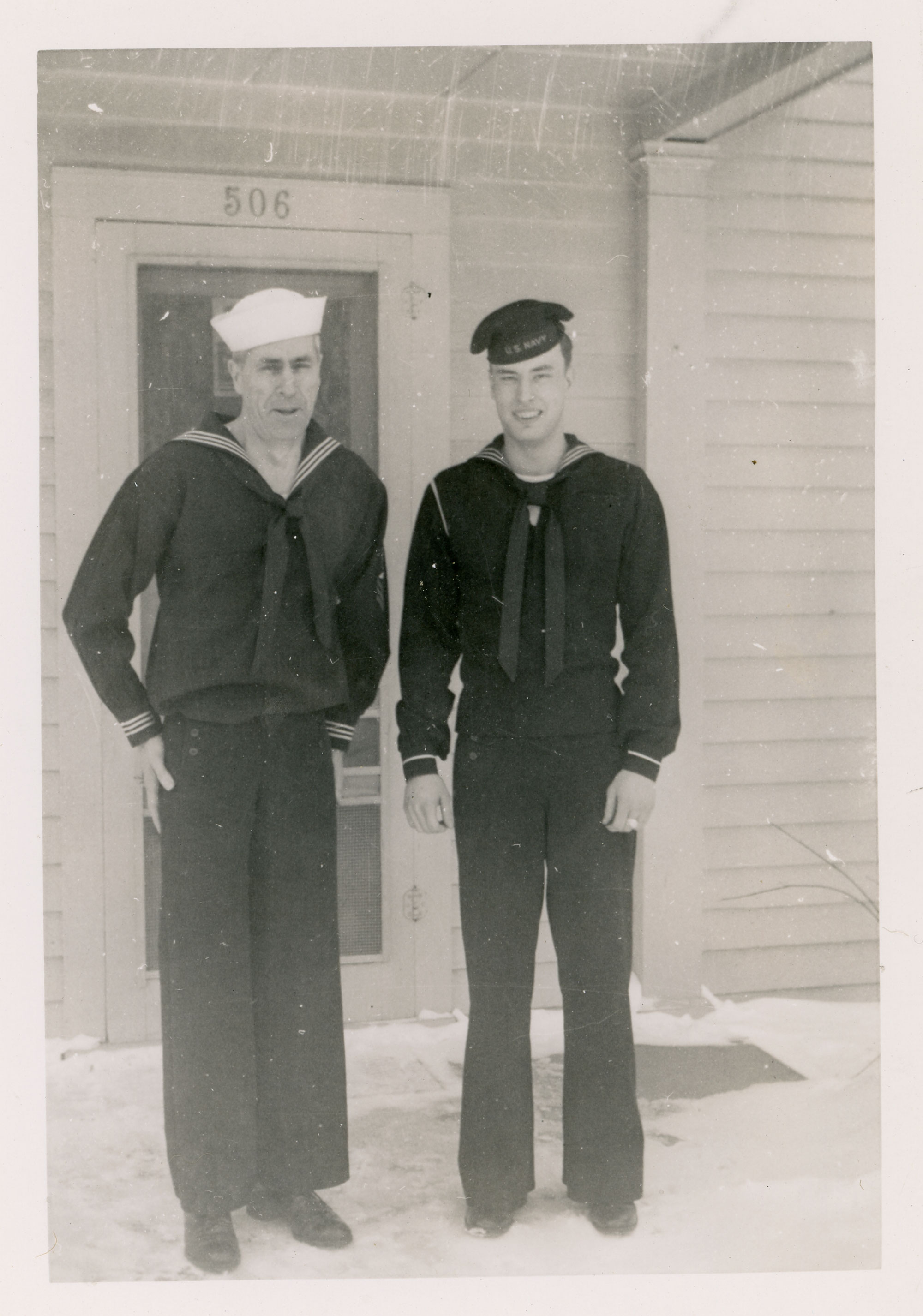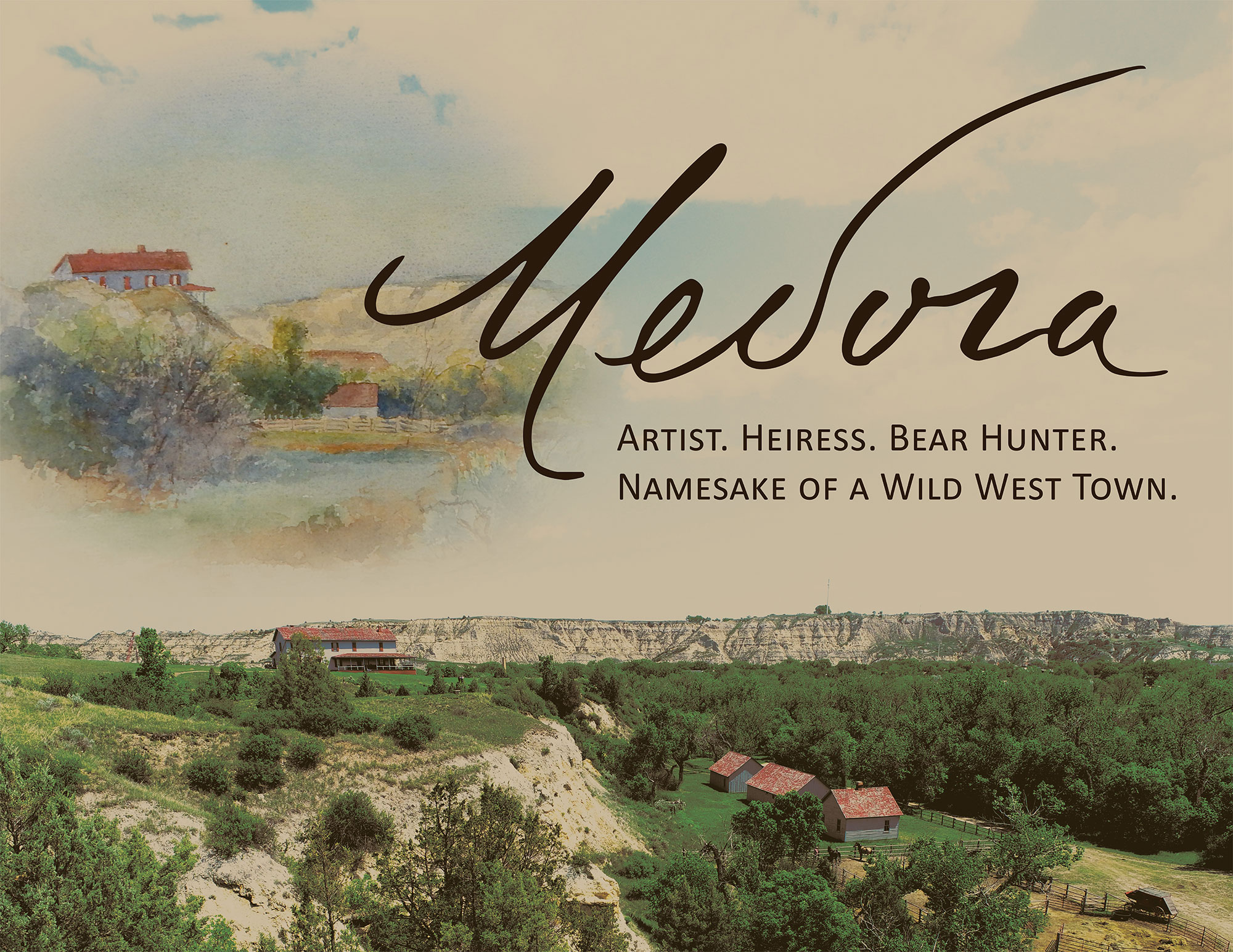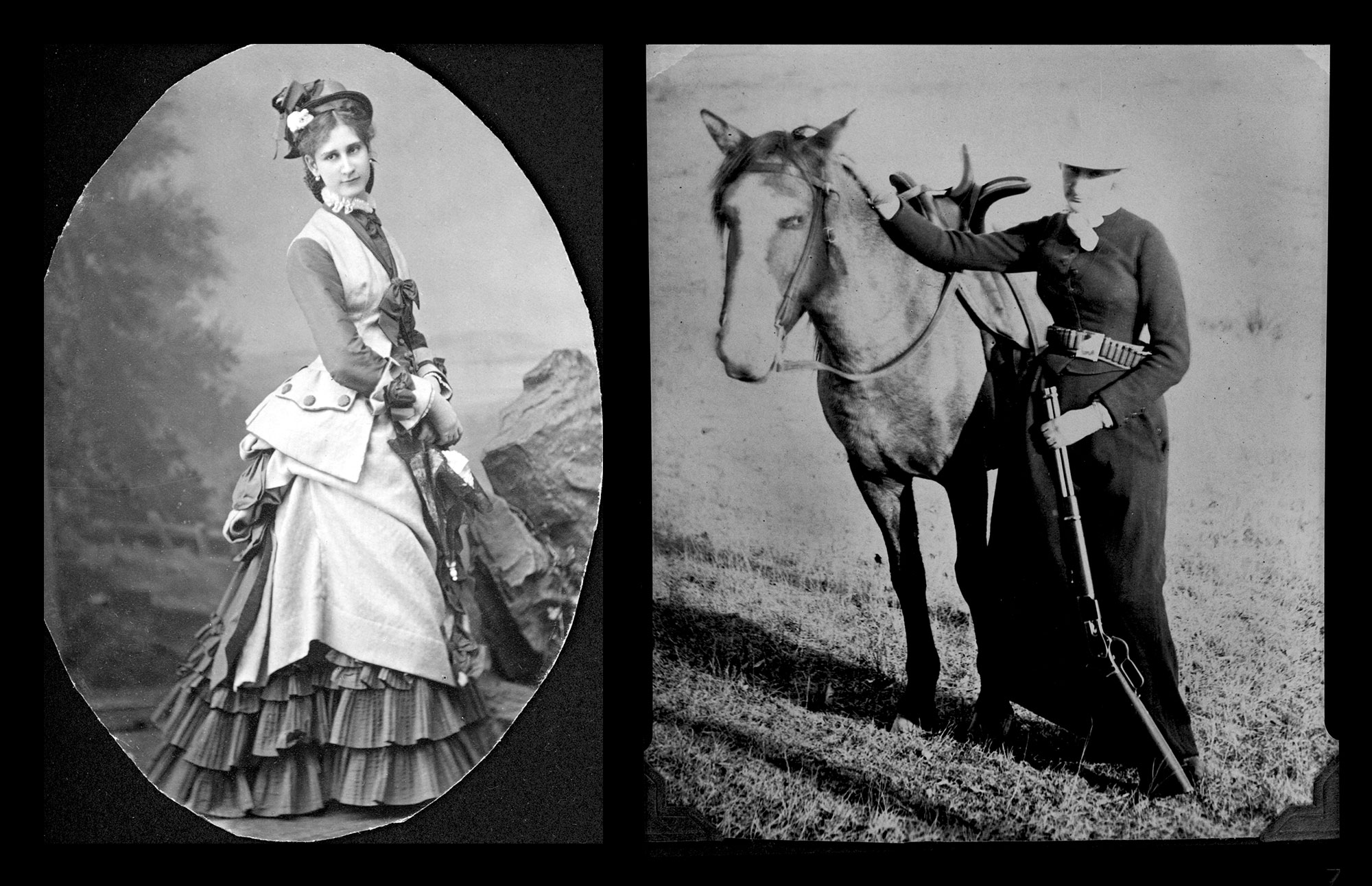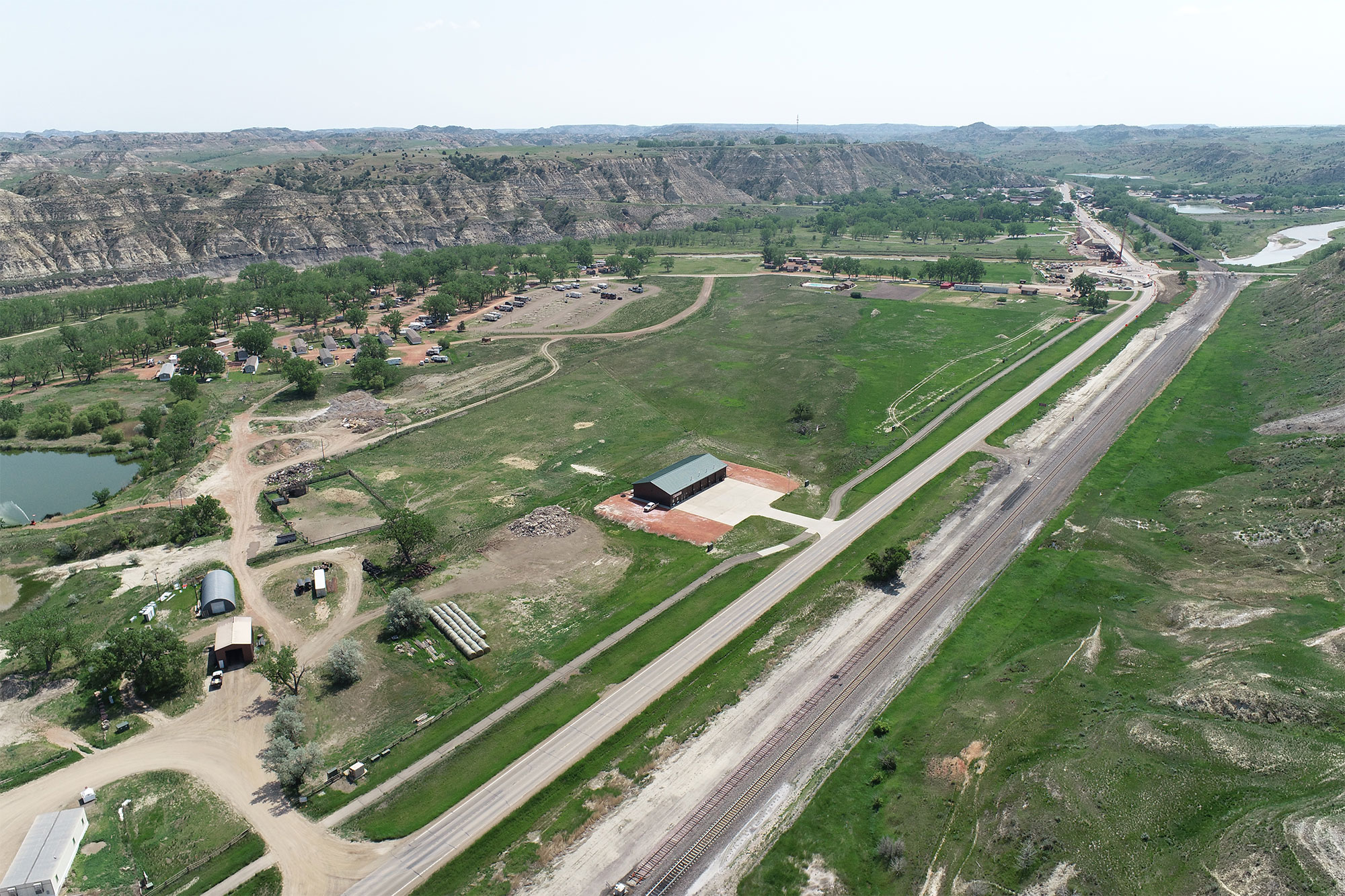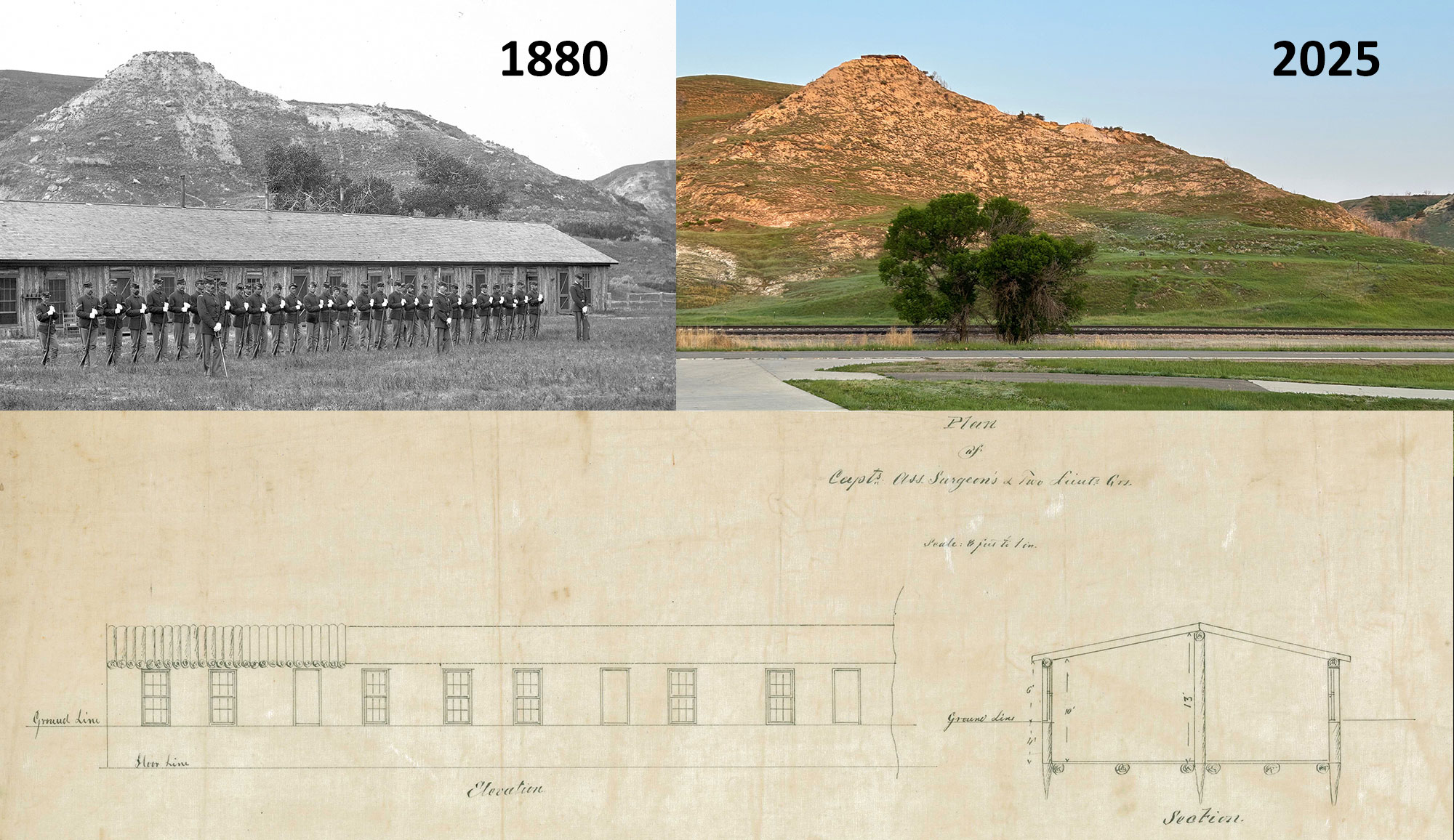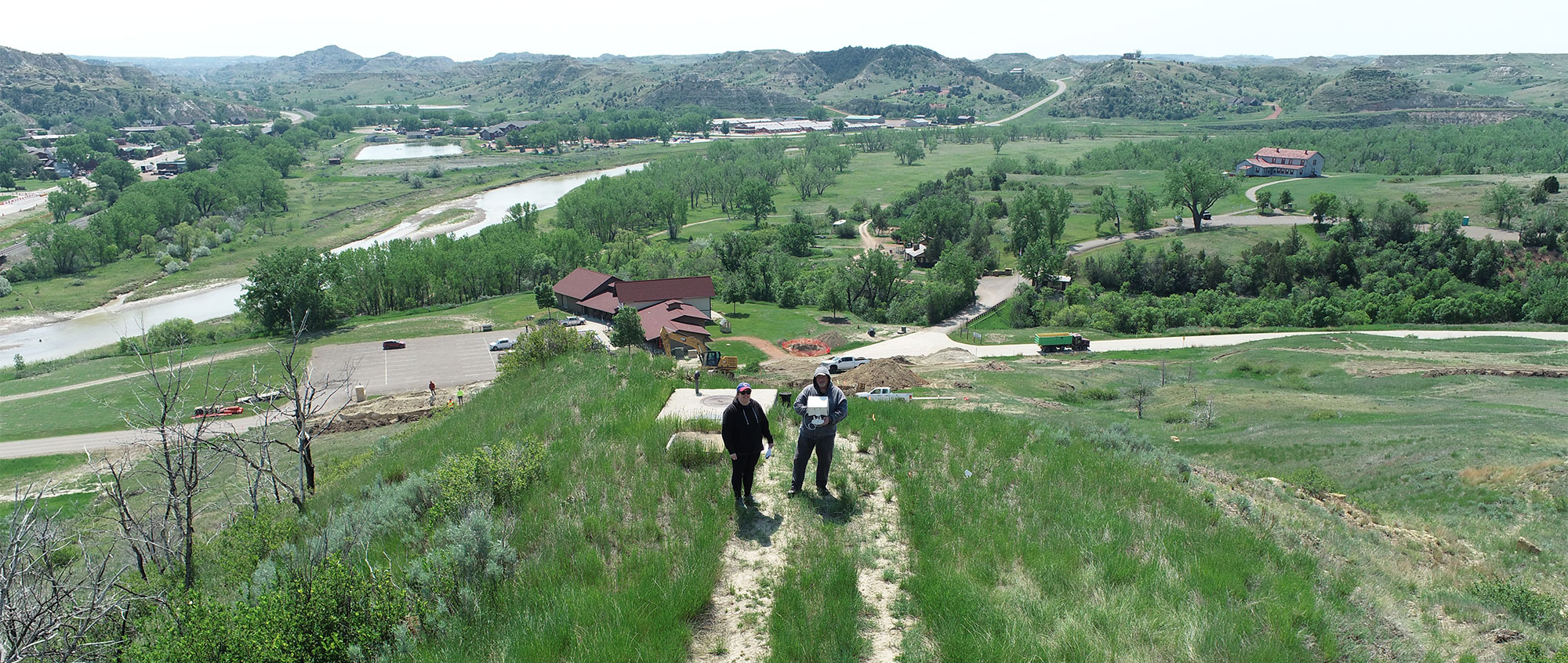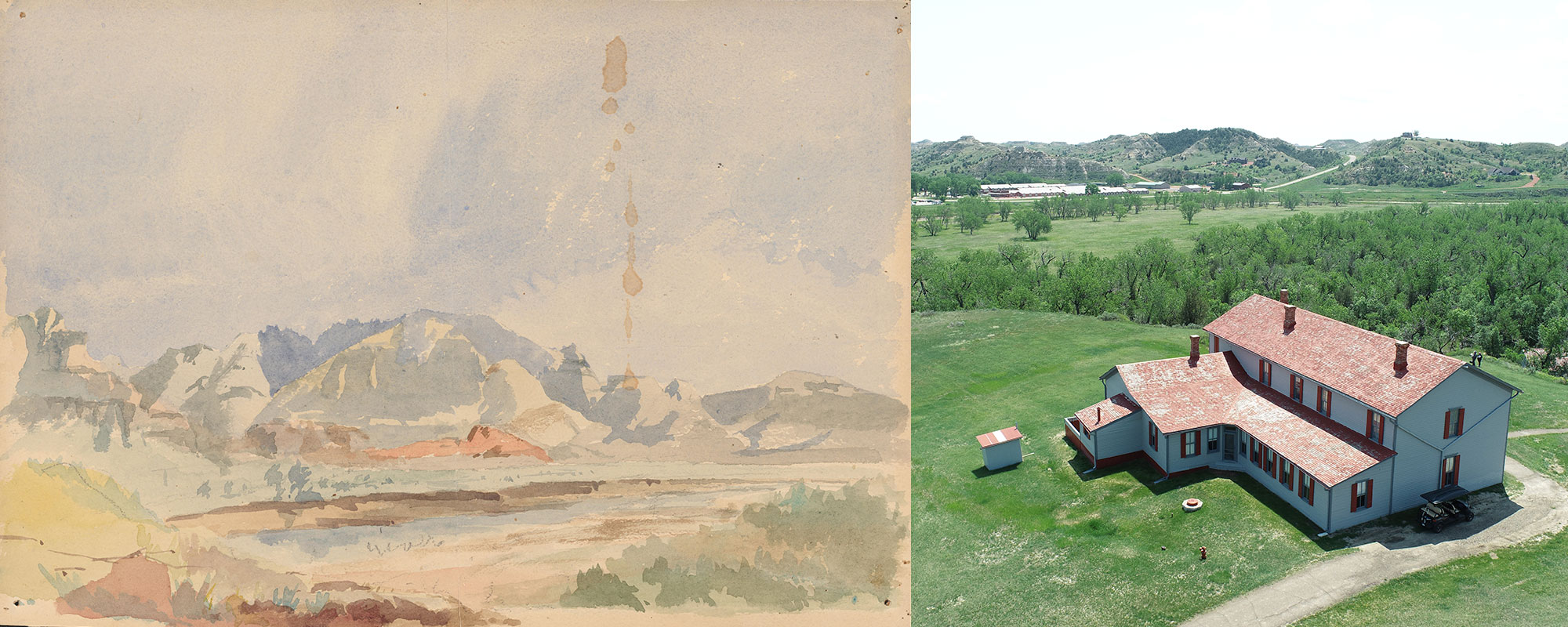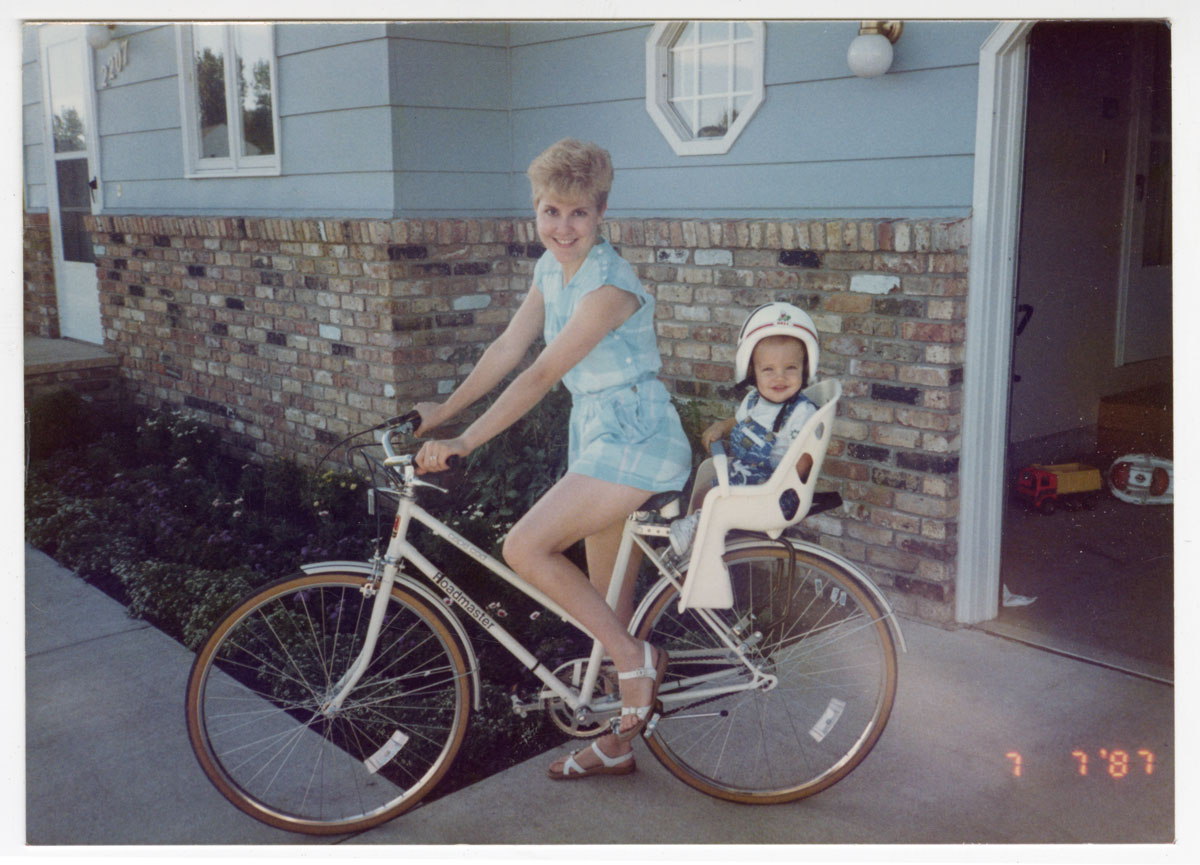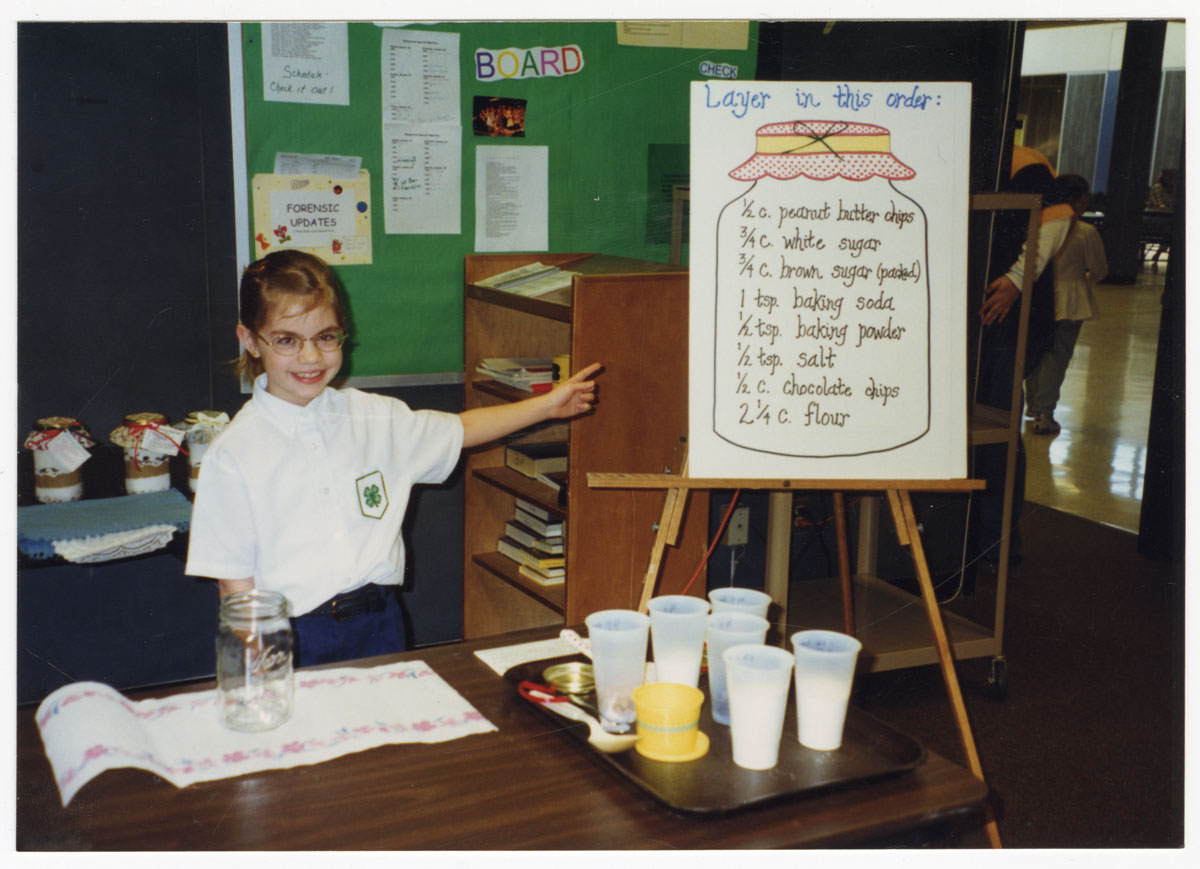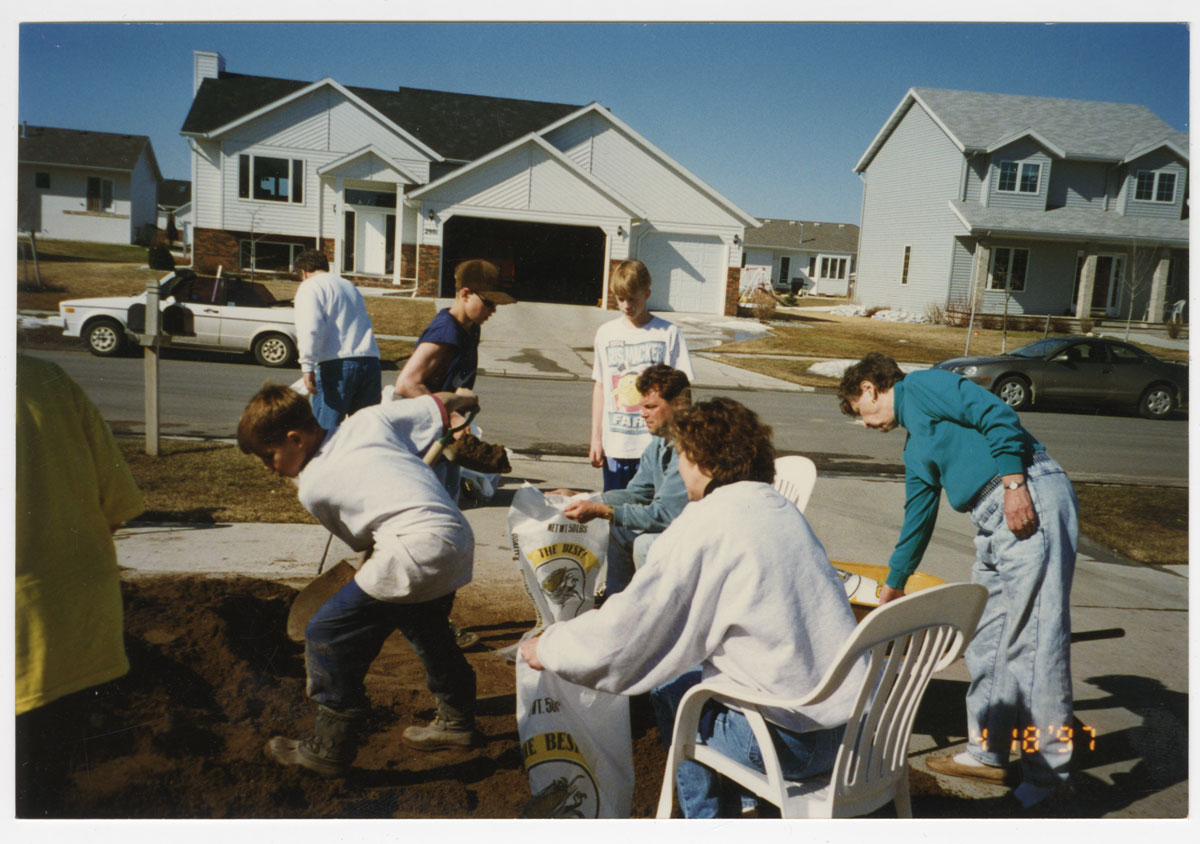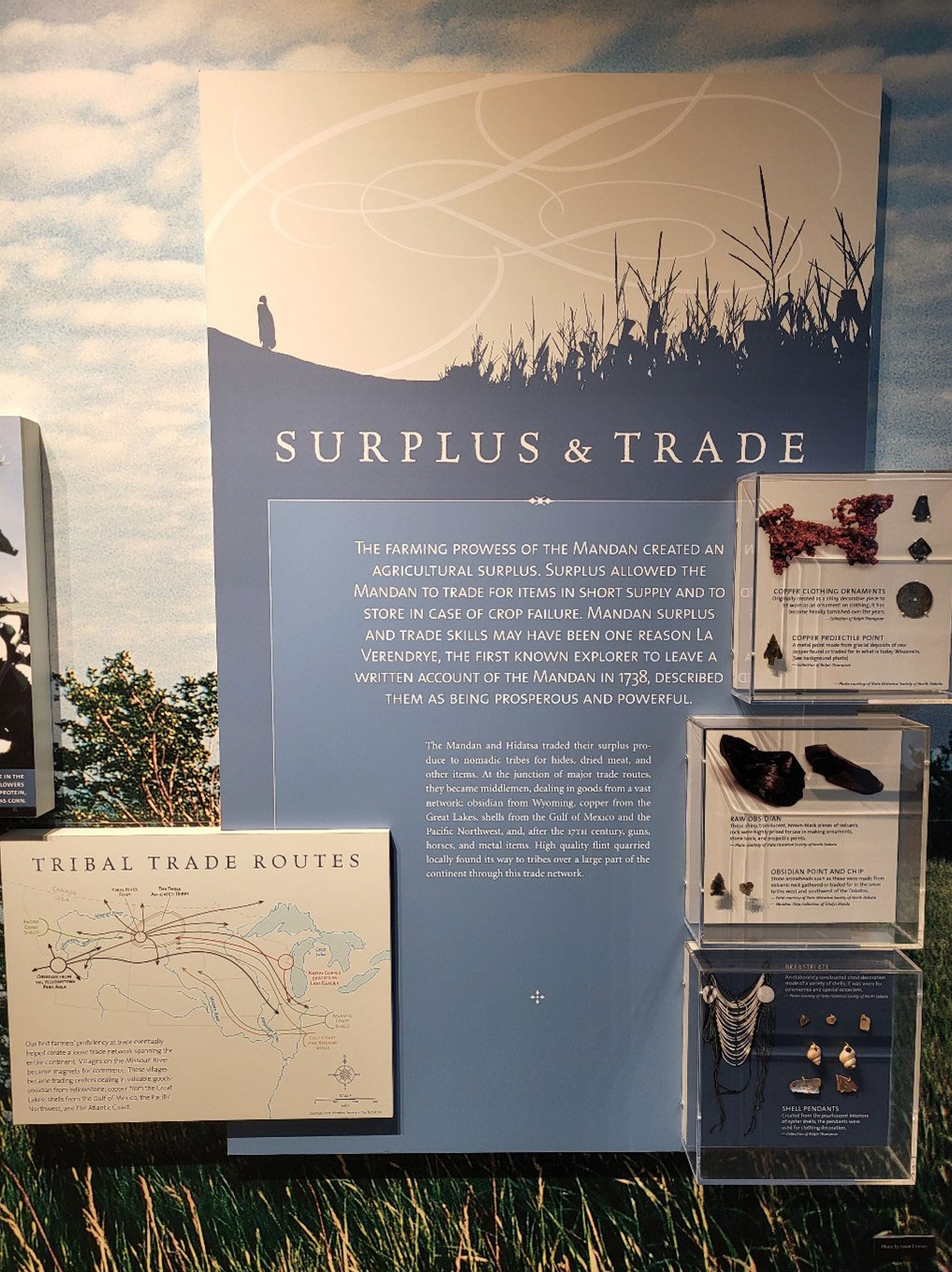Exercise Gadgets and Gimmicks From the Past
From Instagram reels to glossy magazine spreads, we’re constantly bombarded with promises of quick fitness fixes—whether it’s the latest walking routine or a high-tech exercise bike with every gadget imaginable. My own memories of flipping through my mother’s Redbook and Ladies Home Journal magazines in the 1980s show this isn’t new. Curious about how exercise fads have evolved, I took a gander through our museum collections in search of exercise gadgets and gimmicks over the years.
1. Pulling Your Way to Glory—and Muscle

Chest expander fitness device. SHSND 1991.5.8
This circa 1960s SAF-TEE Handle Chest Expander, made in the USA, features two plastic-and-steel handles connected by three elastic ropes. Designed to build strength in the shoulders, chest, and arms, it also includes black handles for a firm, secure grip.
2. My, That’s a Firm Handshake …
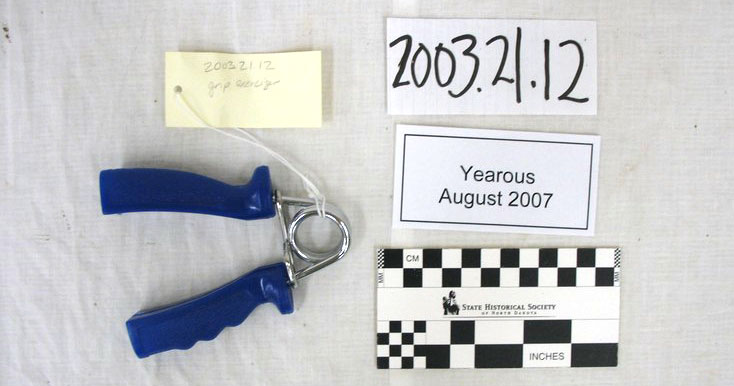
Wrist developer hand grip. SHSND 2003.21.12
Hands are an important part of the body that we often overlook when it comes to exercise. A hand grip strengthener helps train not only the hands but also the wrists and forearms. Tiny but mighty, these grippers from 1960 make it easy to sneak in a workout anywhere—a perfect travel-sized gadget.
3. Ready to Step Up Your Fitness?
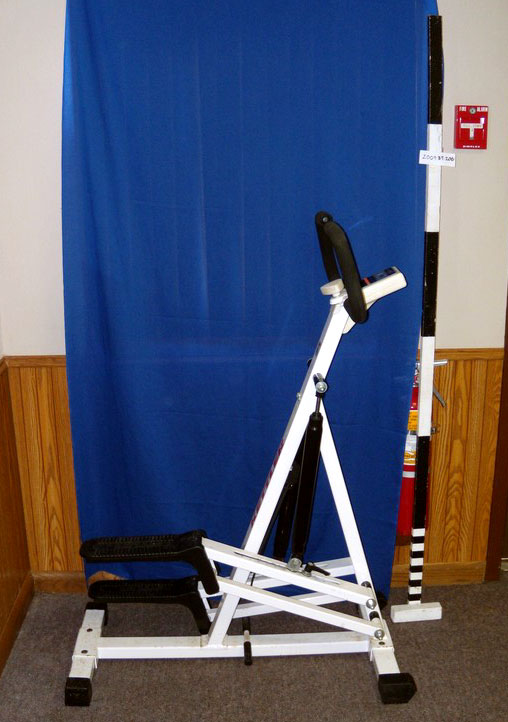
Kettler Step Machine. SHSND 2009.37.206
The Kettler Step Machine uses two adjustable hydraulic cylinders to offer varying levels of resistance. With adjustable resistance and an electronic step counter, this machine brings high-tech flair to a classic cardio routine. This machine, dating to the waning days of the Cold War, was among the furnishings at the Oscar-Zero Missile Alert Facility when the State Historical Society of North Dakota acquired the deactivated Minuteman missile site in 2007.
4. Now for a Roundabout Way to Better Balance and Strength
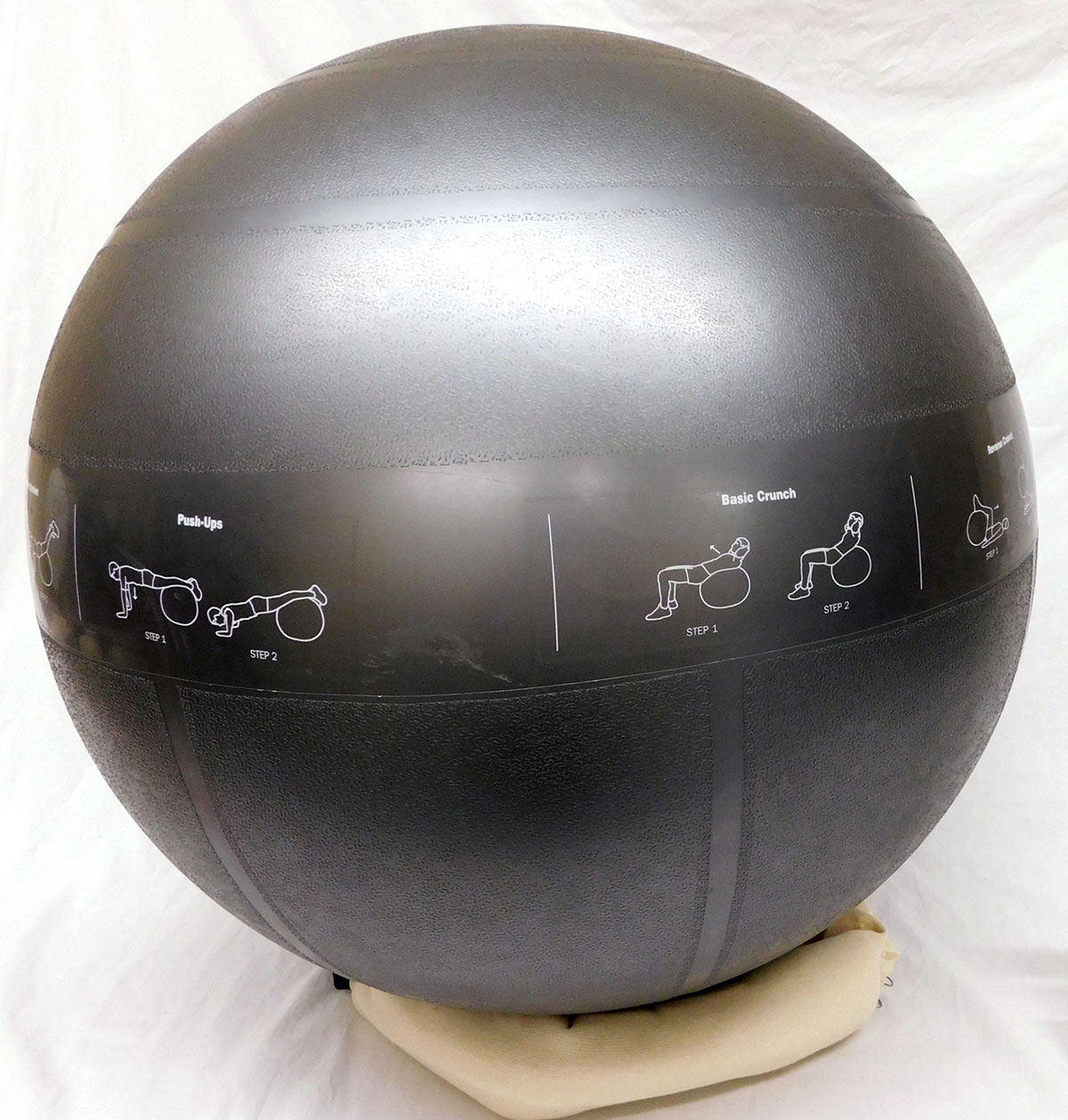
Stability ball. SHSND 2025.2.6
Marketed as a fun way to strengthen your core, improve posture, and boost balance, this GoFit stability ball made in 2021 tries to do it all. This model even features names and diagrams of 10 different exercises printed around its circumference—just in case you forget.
5. Dumbbells: Simple, Solid, Superior
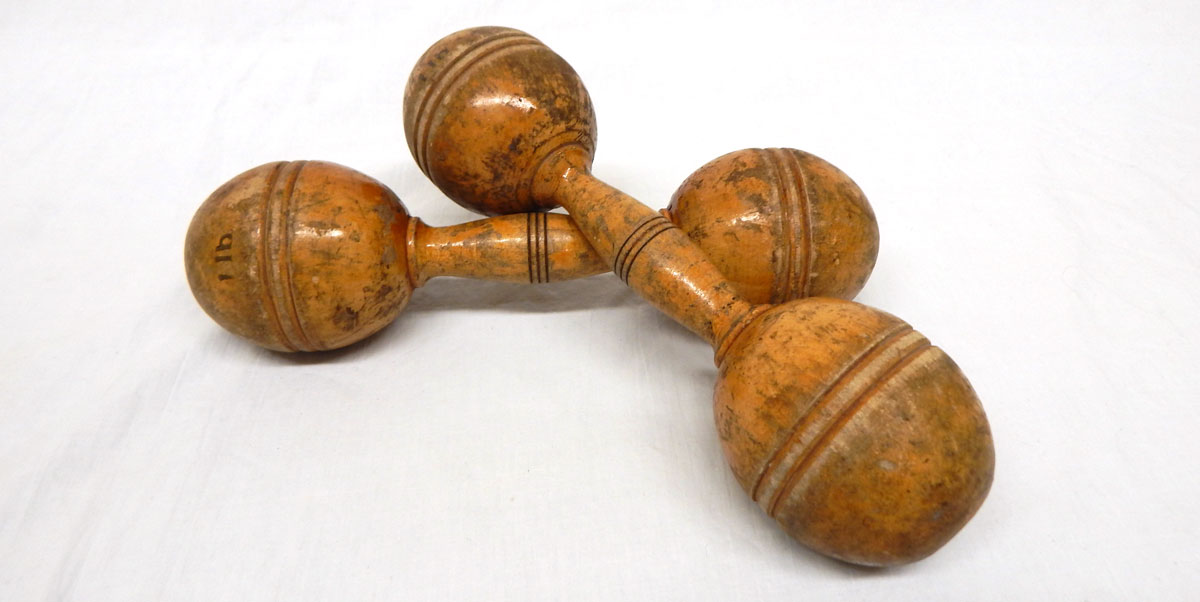
Dumbbells. SHSND 17360.A
These 1-pound hand weights, turned from solid maple in the early 1900s, were easy to use and effective. In the evolution of exercise gear, the humble dumbbell has managed to outlast many fancier gadgets.
From elastic ropes to high-tech step counters, exercise gadgets have promised big results in small packages. Yet some of the simplest tools have proved their staying power. Maybe the real secret to fitness isn’t in the bells and whistles but in sticking with the basics.




